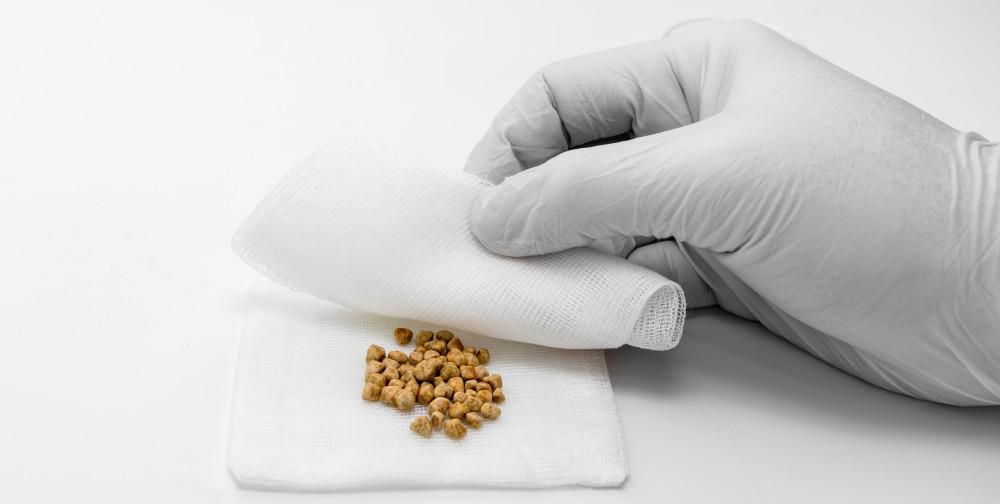Kidney stones are a common urological issue, and Doctor Barry Blitz believes you should know what to look for. Kidney stones are formed in the urinary tract when excess amounts of certain substances build up and solidify into a crystal. If too little water is present in the system (in addition to a variety of other factors), crystals form and grow into stones as layers of crystal accumulate. If kidney stones remain small enough, they can make their way through the urinary tract and out of the body without discomfort or even being noticed. However, some kidney stones grow too big to pass naturally and block the flow of urine resulting in pain, infection, and potentially even damage to the kidneys. Urologists like Dr. Barry Blitz are trained to relieve kidney stones to minimize damage and pain. Most kidney stones are very small, but stones as big as golf balls have been observed. Their appearance depends on the materials that form them. Kidney stones take a variety of shapes from round and smooth to angular and sharp. Some kidney stones even form branching shapes. Their color varies significantly as well. Kidney stones are often yellow or brown, but they have also been observed in shades of tan, black, or gold. If you’re concerned about kidney stones, Doctor Barry Blitz is ready to help. Contact us today.




